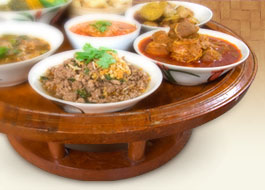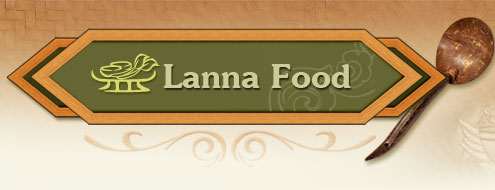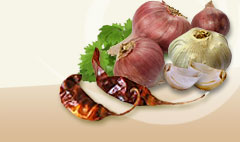Soybeans |
|
|
 | Glycine max Marr. |
|
| |
 | Leguminosae |
|
| |
 | Soybean, Soya bean |
|
| |
 | Thua rae, Thua Prha Lueang, Thua nao, thua nangg (Northern) (Wut Wuthithamwet, 1997, p. 224) |
|
| |
 | Erect annual shrub 2-3 ft. high covered with yellow hair. Leaves compound, folioles 3, ovate, short pointed tips, round base. Inflorescence of racemes axillary, papilianaceous, flowers with 2 in. long petals, lavender. (Wut Wuthithamwet, 1997, p. 224) |
|
| |
 |

Protein, carbohydrates, Vitamins B1, B6, B12, C, D, E, Niacin, potassium, phosphorus and fiber. (Phak Phuen Ban A-han Phuen Mueang, 2007, p. 47) Lanna people make snacks by boiling or steaming pods. They also make fermented beans of a few kinds: paste like, sheet like which must be the Tai Yai influence. Tai Yai people eat as much soy beans as they do garlic. (Rangsan Chanta and Rattana Phromphichai, 1999, 2637-2638) |

Leaves stop bleeding, pulverized and placed on snake bite wounds.
Flowers can reduce cataracts.
Seeds improve spleen function, relieve constipation, improve urination and are used to treat dysentery, boils, stop bleeding, a tonic for physical health and diabetes.
The hulls can be a haematonic.
(Wut Wuthithamwet, 1997, p. 224)
|
|
| |
 |
Rangsan Chanta and Rattana Phromphichai. (1999). Thua Nao. In Saranukrom Wattanatham Thai Phak Nuea (Vol. 5, pp. 2636-2638). Bangkok: The Siam Commercial Bank Foundation for the Encyclopedia of Thai Culture. (in Thai). Wut Wuthithamwet. (1997). Saranukrom Samun Phrai:Ruamlak
Phesatchakam Thai. Bangkok: Odean Store. (in Thai). |
|
| |
|
|




